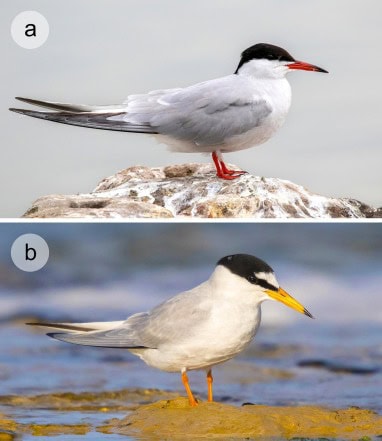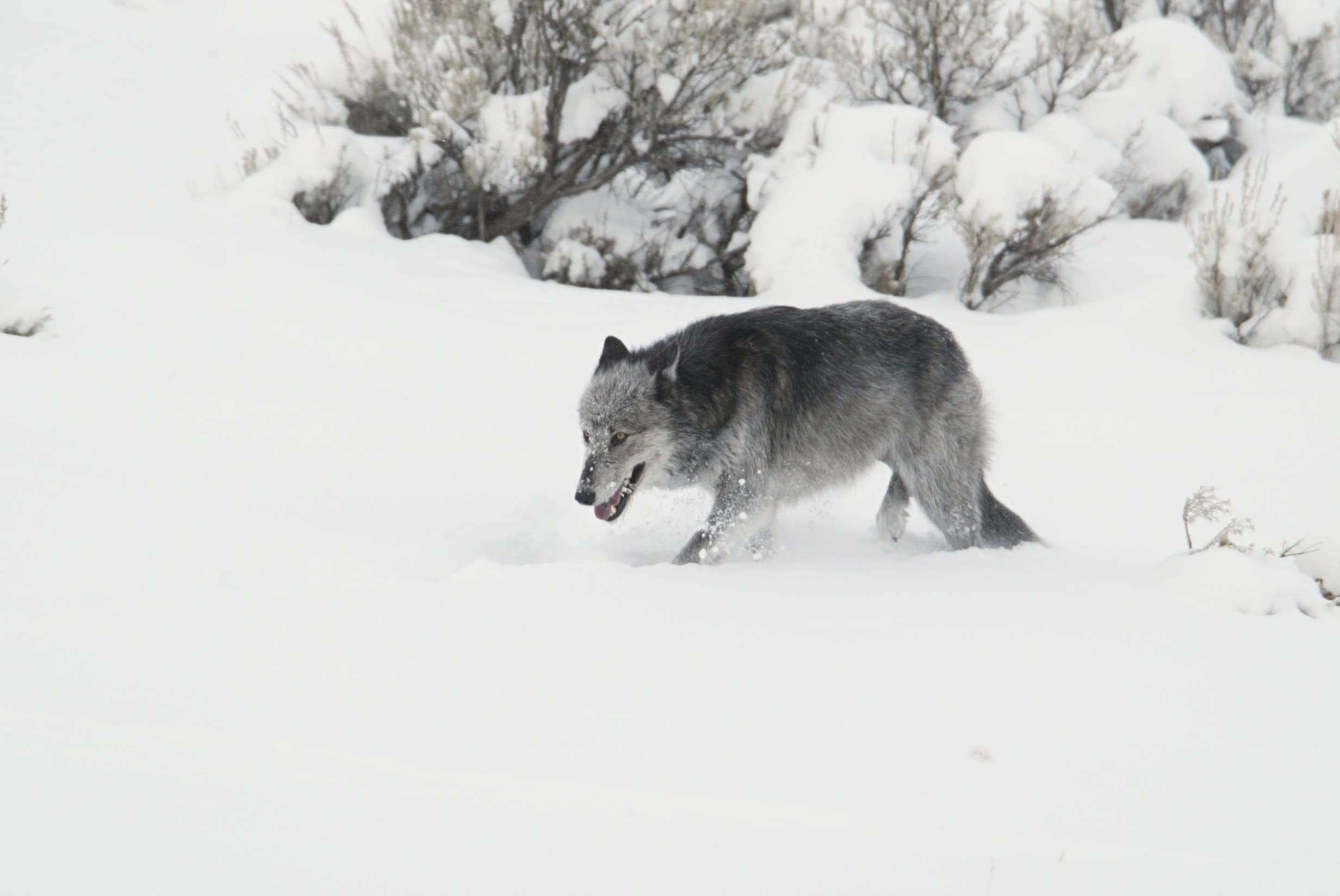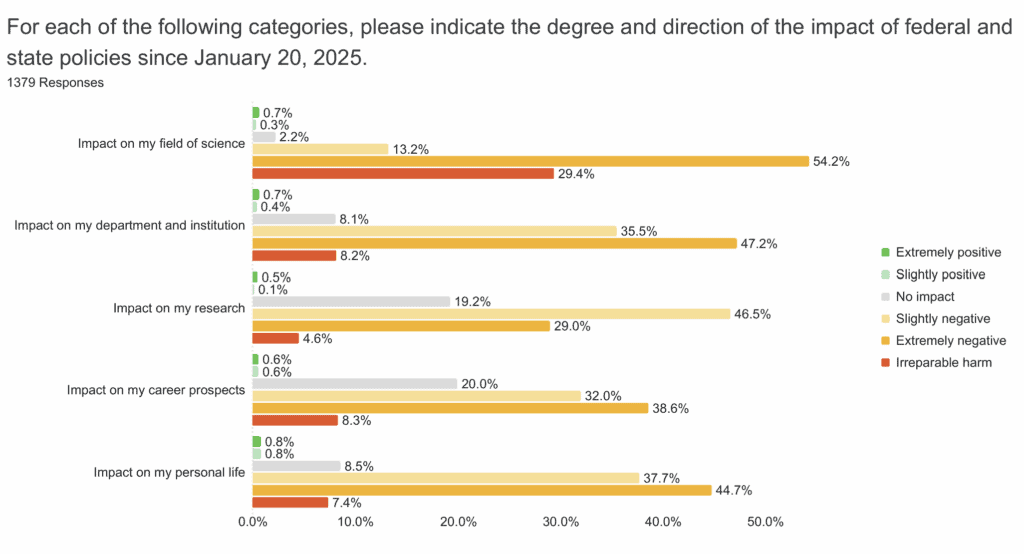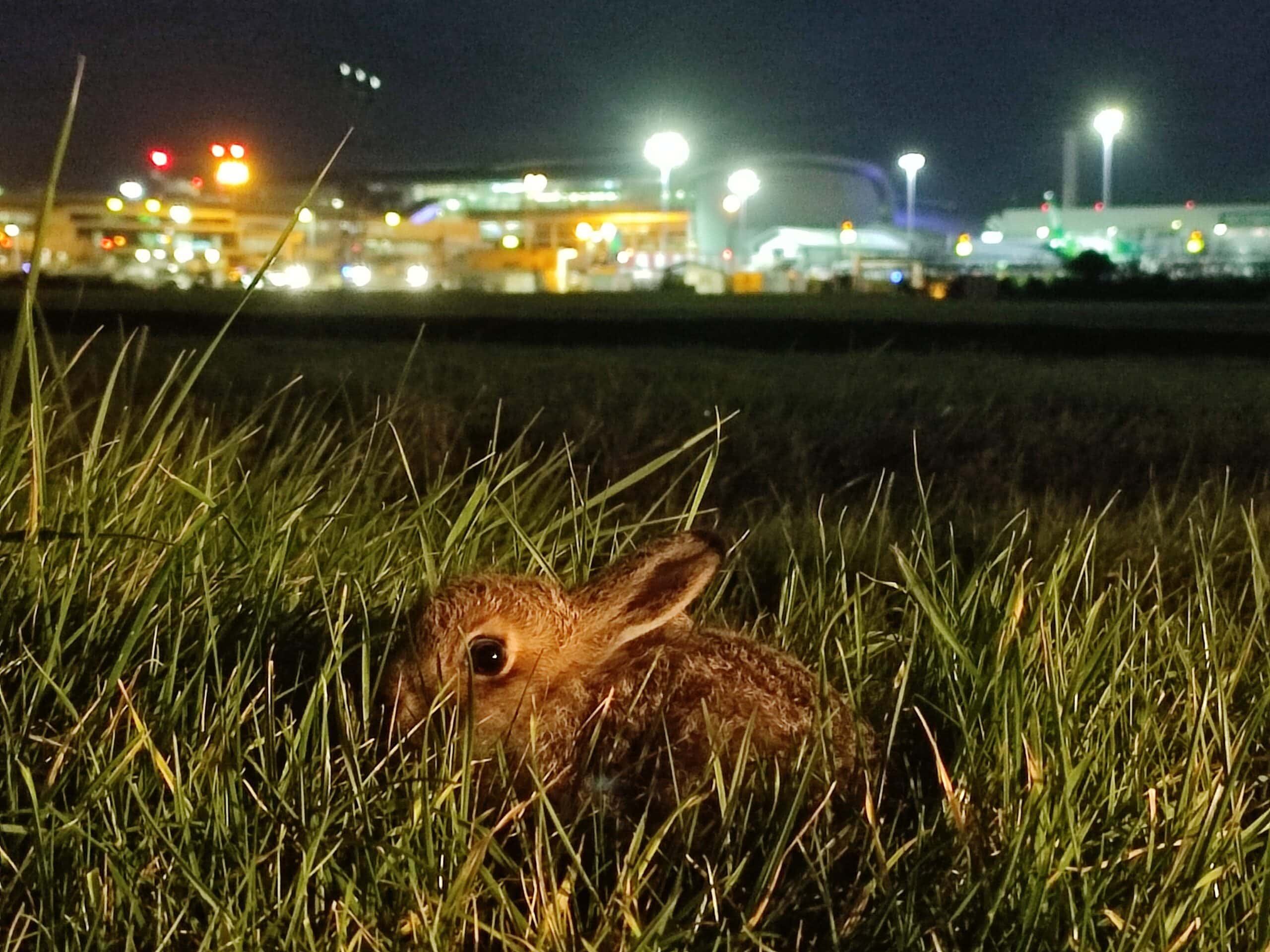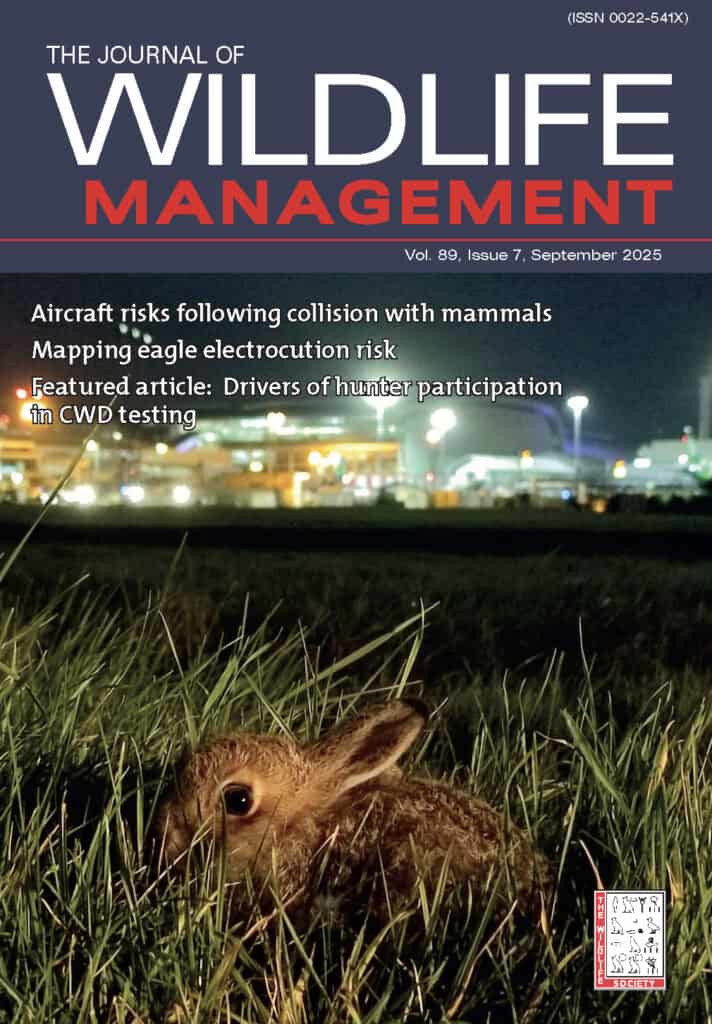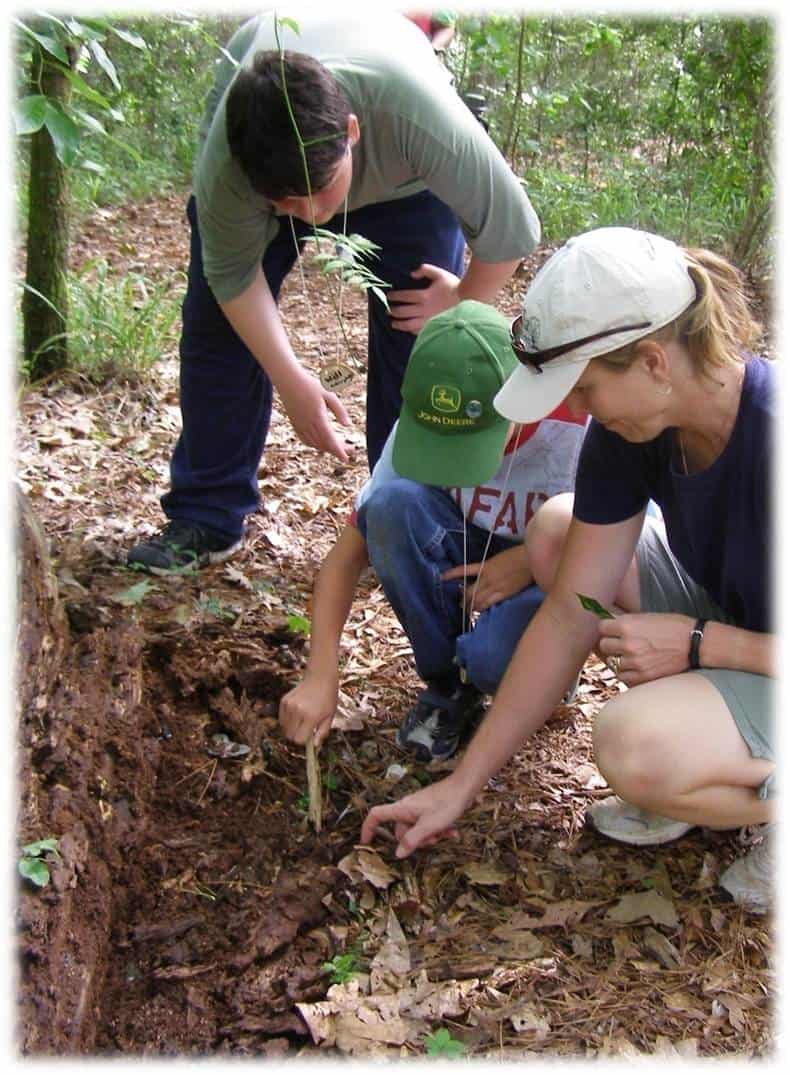
Research on old food plots from the early 2000s finds that leaving the edge brushy increases bird use and results in fewer invasive plant species, suggesting that the characteristics of the food plot are influential in its success.
Food plots, small forest openings planted every two to four years with cereal crops or clover, are a long-standing management tool across public and private lands in the Southeast to boost hunter access. These clearings are meant to improve access for hunters and provide clear lines of sight on game species. But food plots are often promoted as beneficial to a variety of wildlife, including birds, as well.
“Food plots were a shiny object for a bit and studied heavily, but research on them has stalled despite their widespread use,” said Kirk Stodola, a coauthor of a study published recently in the Georgia Journal of Science and a member of the Illinois Natural History Survey. There has been little modern research evaluating the potential ecological trade-offs, particularly for nongame species.
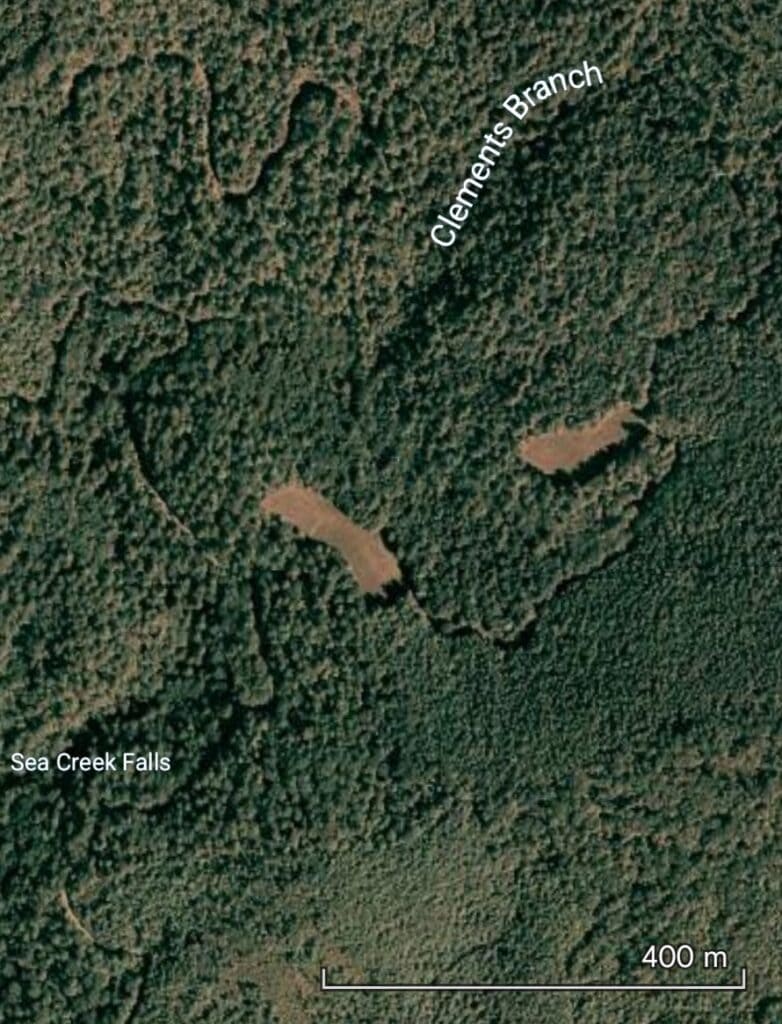
Reexamining a common practice
In the early 2000s, Stodola and the study’s lead author, Nathan Klaus, a biologist at the Georgia Department of Natural Resources, investigated 13 sites across three treatment types to quantify how food plots and their structural differences influence birds’ use during the breeding season. They looked at traditional food plots, novel food plots with brushy edges and unmanaged forest. Novel food plots with brushy edges contained hardwood sprouts, blackberry (Rubus sp.), and herbaceous cover within the shrubby edge and had been created by felled trees four years prior to the survey.
Their study found that brushy-edge food plots can benefit early successional birds and that this added structure supported 32 different early successional species that rely on young, shrubby habitat. However, bird species that inhabit the forest interior decreased around the traditional and novel food plots, representing a trade-off in the management approach.
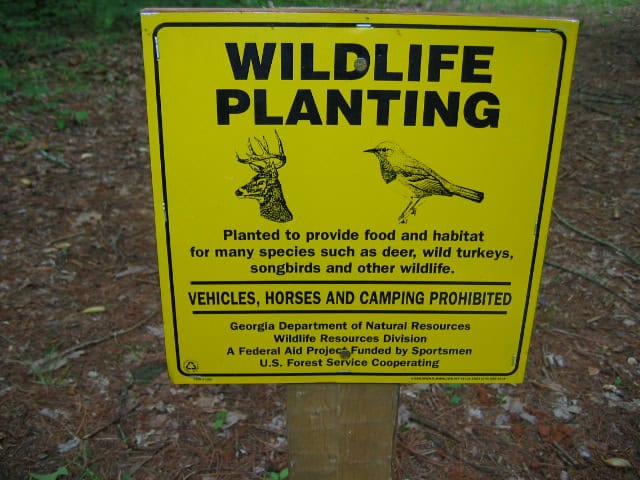
The findings of this study echo a broader shift in the history of forestry and land management in the Southeast. Decades ago, many forests were managed with multi-use objectives in mind, balancing timber production with wildlife habitat creation. Practices like clearcutting and prescribed burning inadvertently created ideal conditions for early successional species, including the golden-winged warbler (Vermivora chrysoptera), a now-declining bird species that depends on young forests with dense shrub cover.
Today, with timber production declining on many public lands and more forests aging into closed-canopy stages, early successional habitats are decreasing and taking the species that rely on them with them.
“What we’ve seen during my career of almost 30 years in Georgia is that we’ve lost our golden-winged warblers,” Klaus said.
But food plots, especially those with brushy edges, could fill that gap.
Benefits and costs
Not all is well with food plots—Klaus said there are hidden costs that cause people to raise questions about their value compared to logging or prescribed burn programs.
For one, many are in remote areas. “Just getting equipment out there can take days,” he said. “It requires staff time, road maintenance and significant equipment expenses just to prep, plant and maintain a single site.”
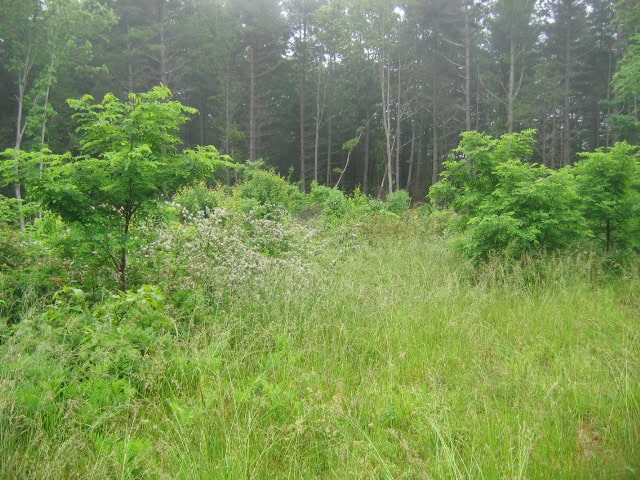
Traditional food plots also had more invasive plants, raising concerns about their ecological trade-offs and the possibility that they are giving a foothold to these otherwise unimpacted spaces. Some of the invasives were planted purposefully in the past, prior to an understanding of their negative ecological effect.
But brushy edge food plots had lower instances of invasive species. Once invasive plant species are established, their removal can be grueling.
“It’s wretched, miserable work,” Klaus said. “You’re out in the summer with a backpack sprayer—a lot of times you’re filled with briars, sweaty in the full sun, and it’s just terrible.”
Looking to the future
The authors believe that this research reminds us that with new tools comes new responsibility to reexamine how management techniques continue to impact areas.
“Oftentimes the effects of these management measures turn out to not be nearly as clear-cut as we think they are,” Klaus said.








